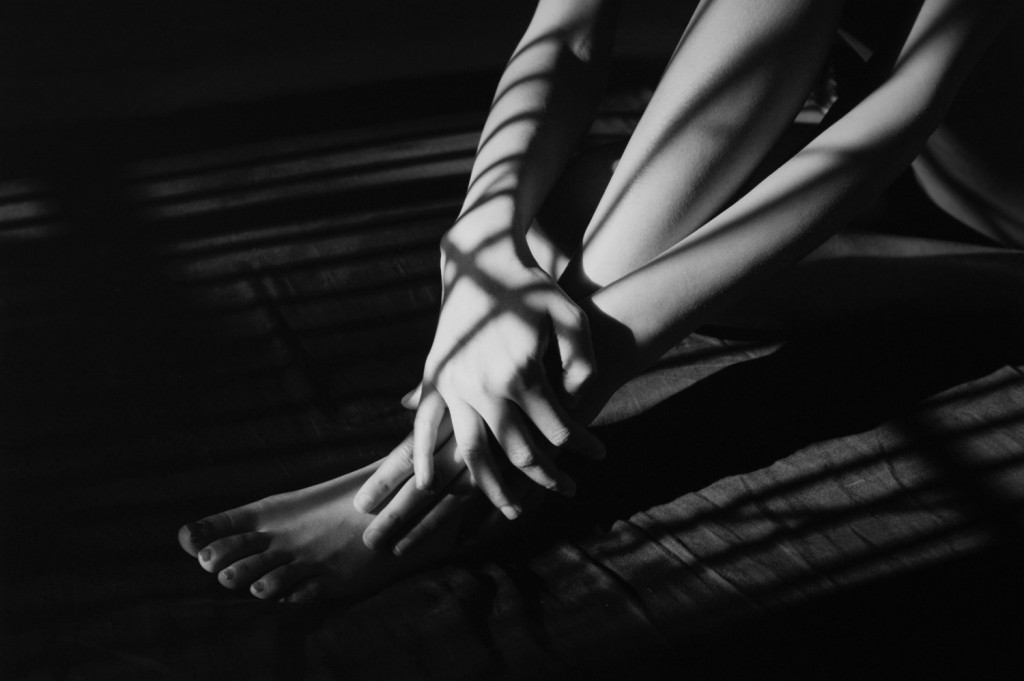
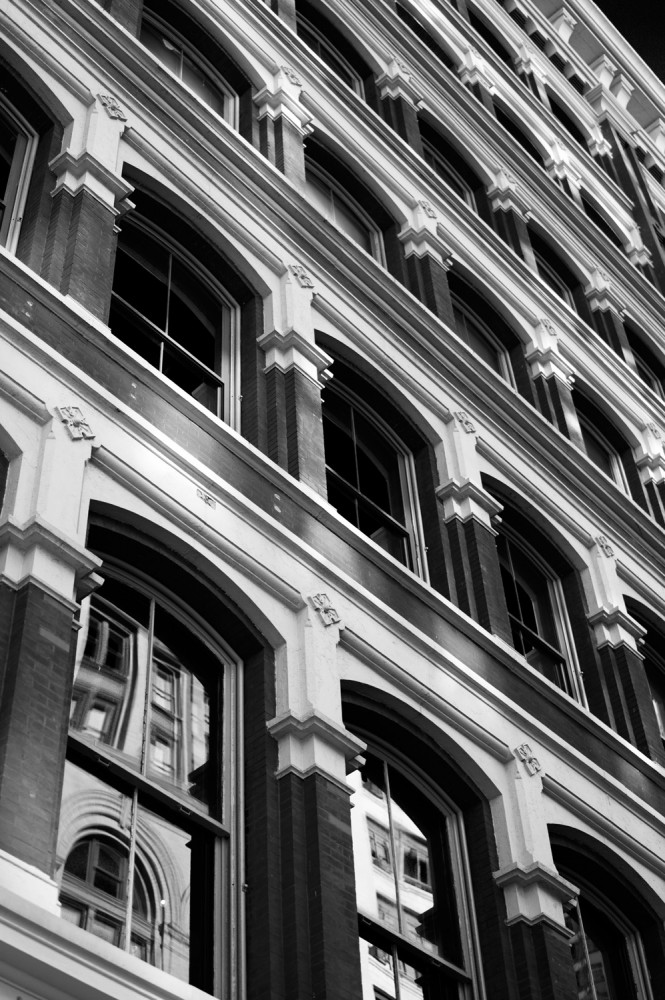
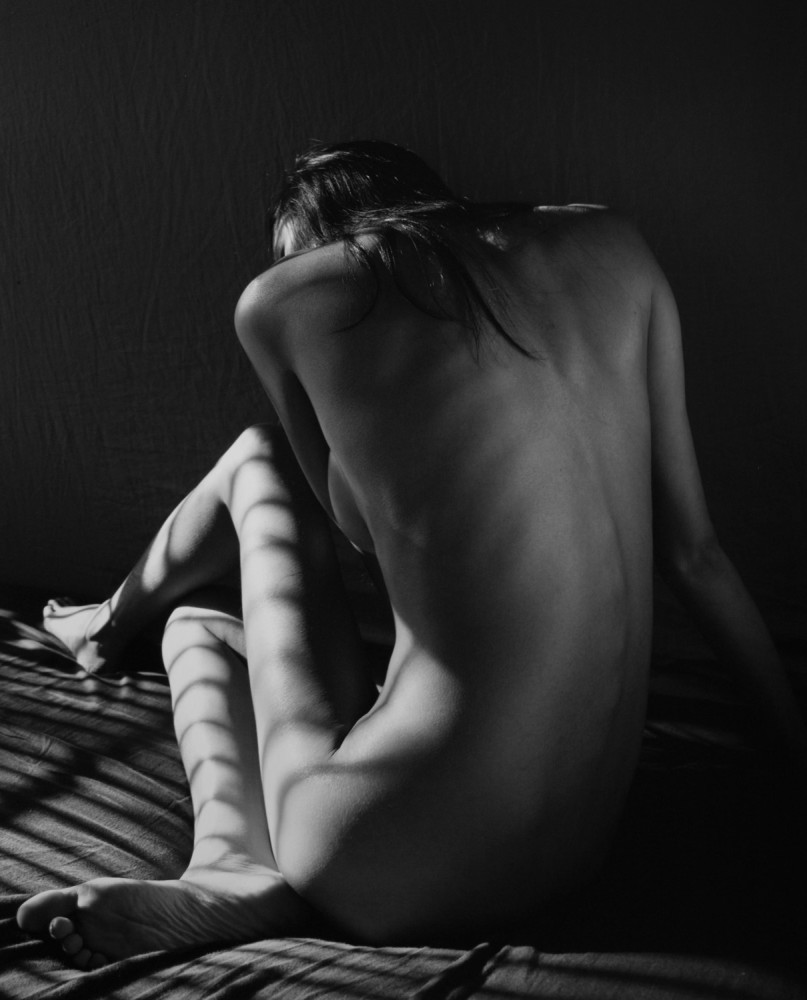
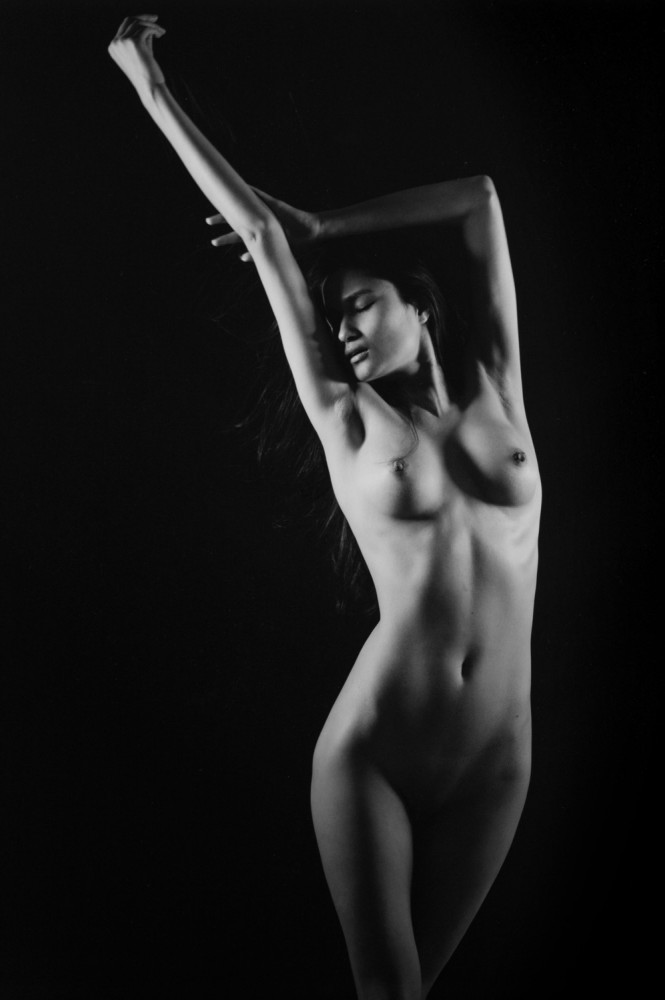
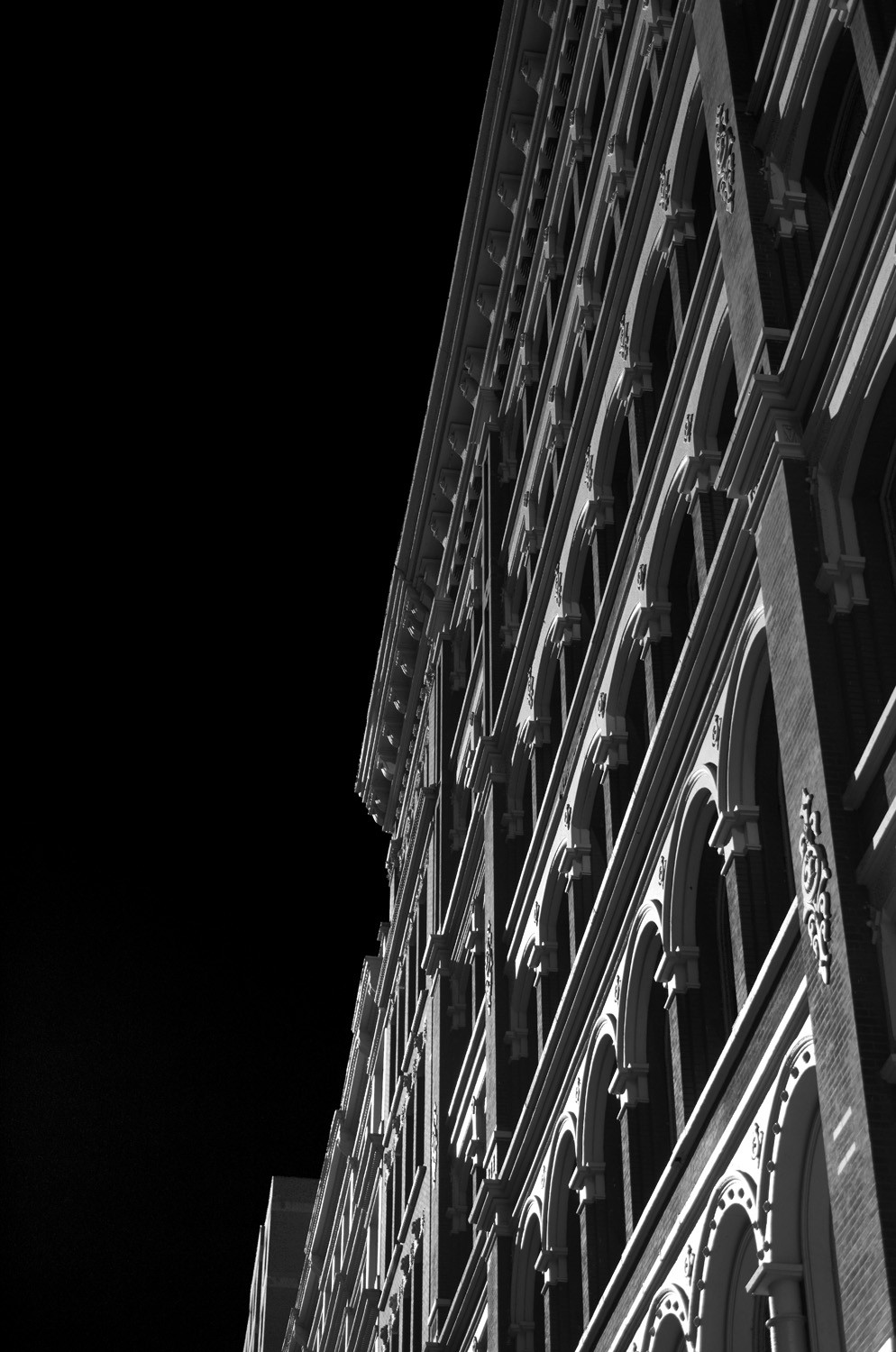
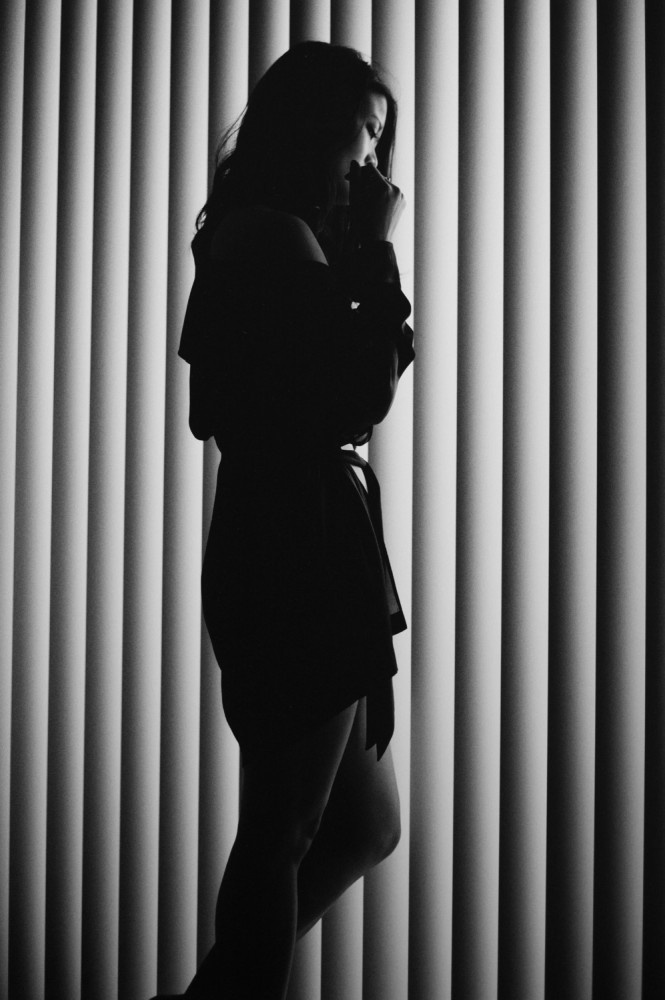
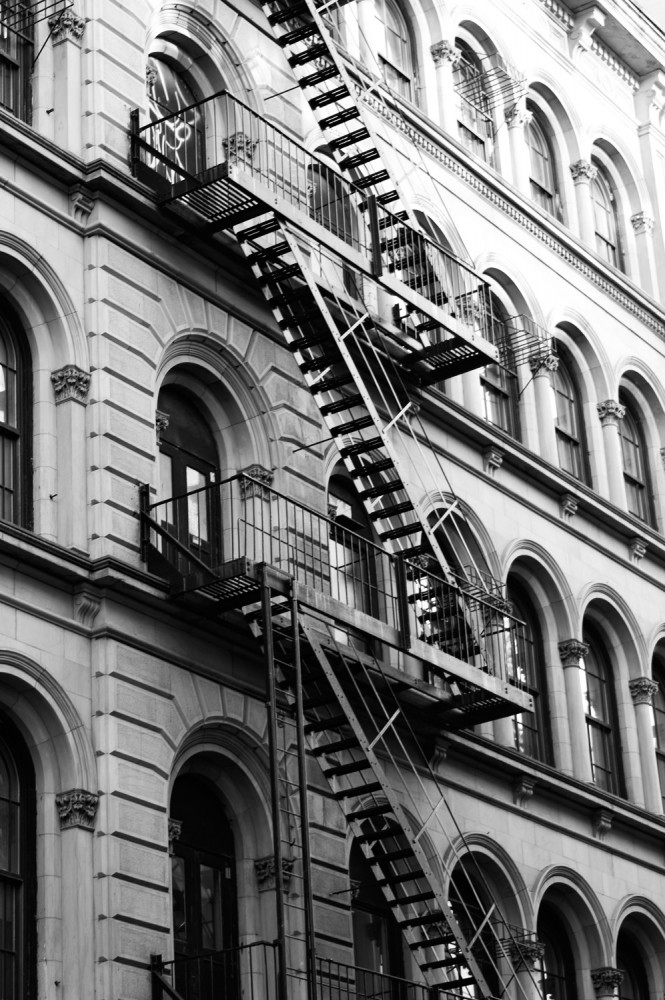
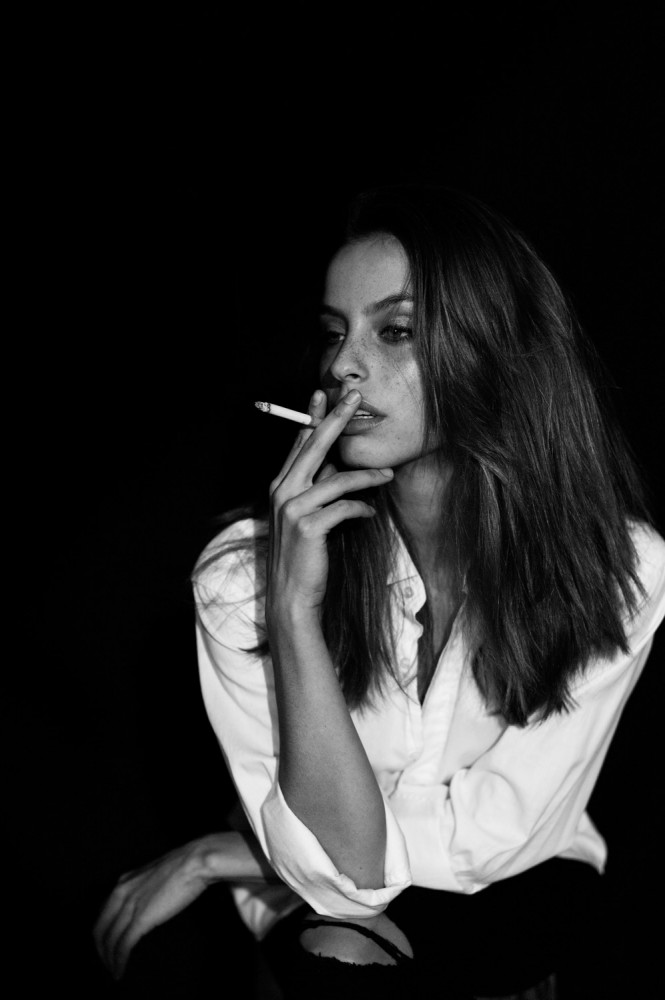
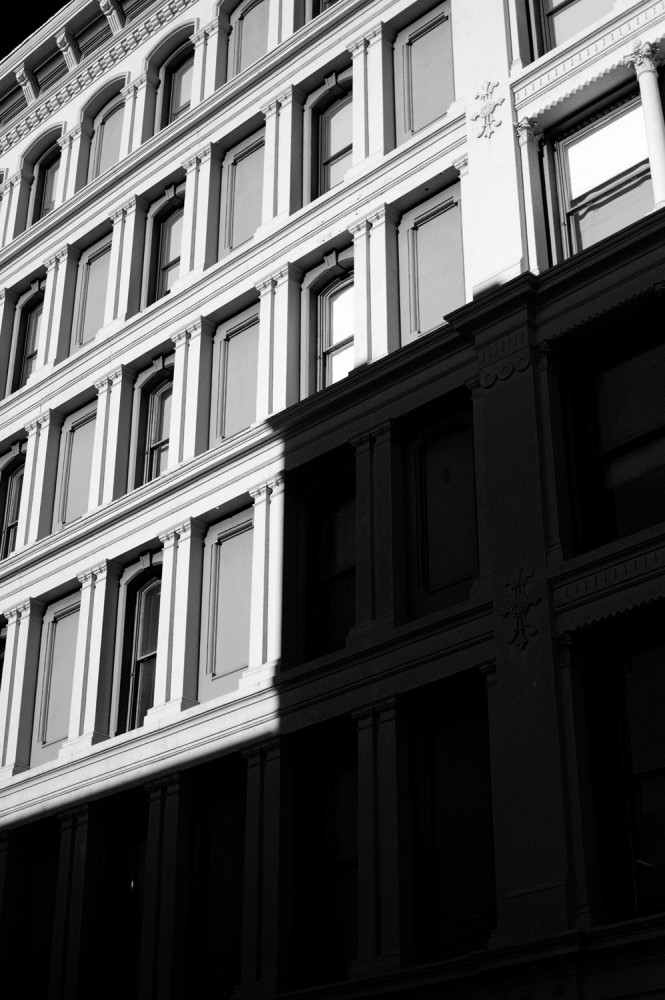
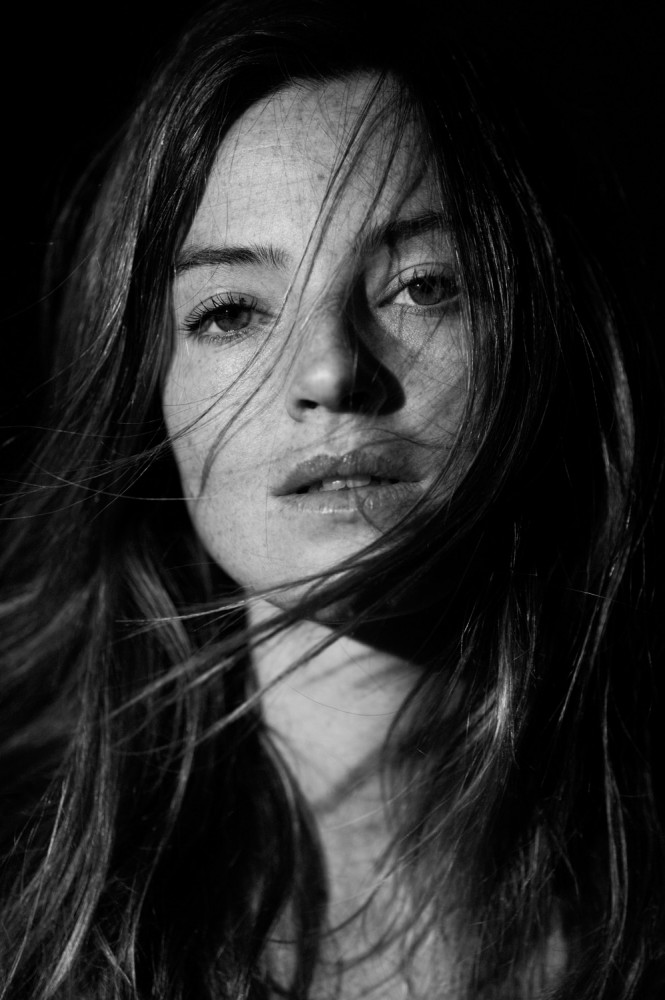
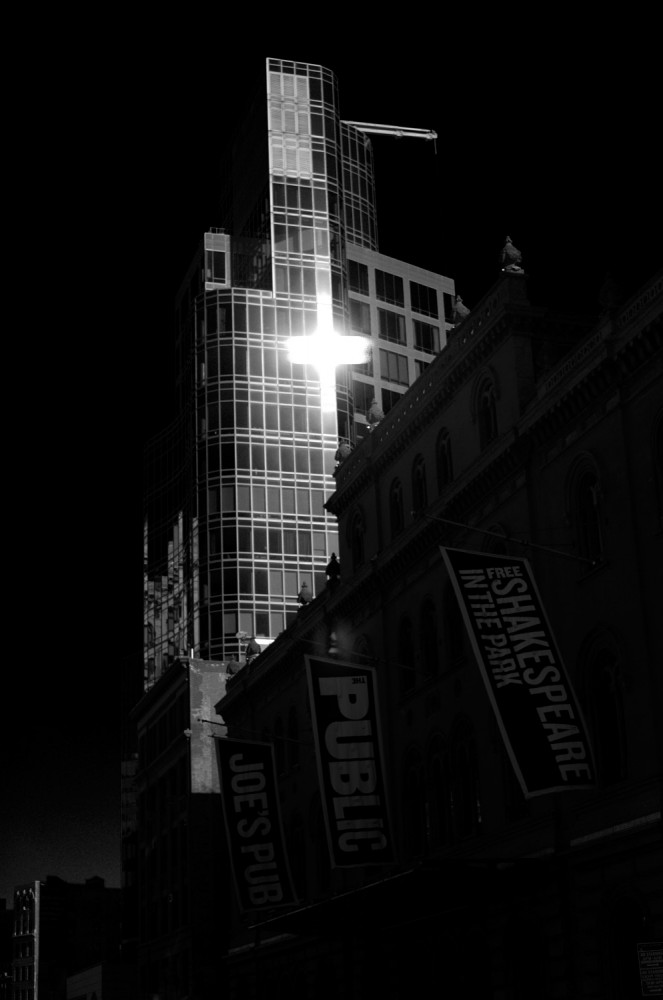
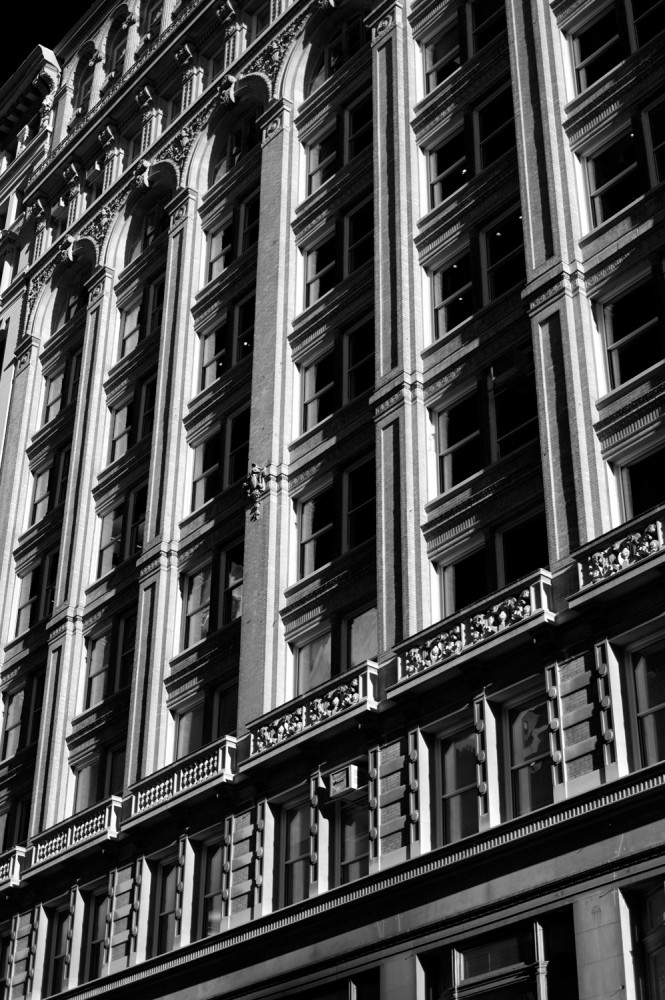
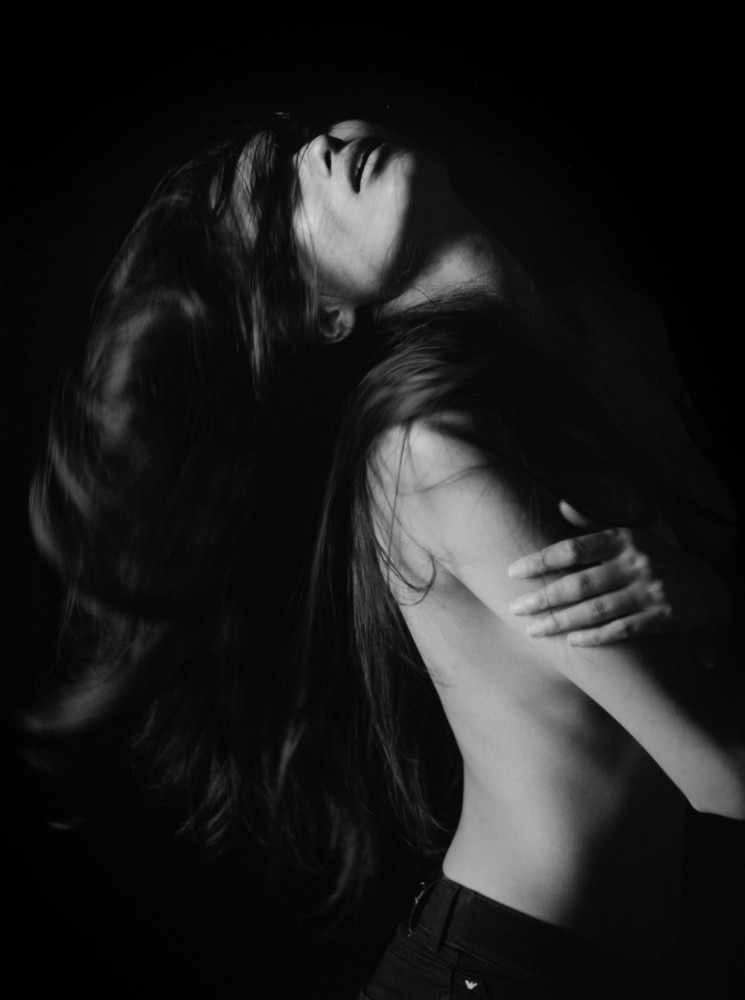
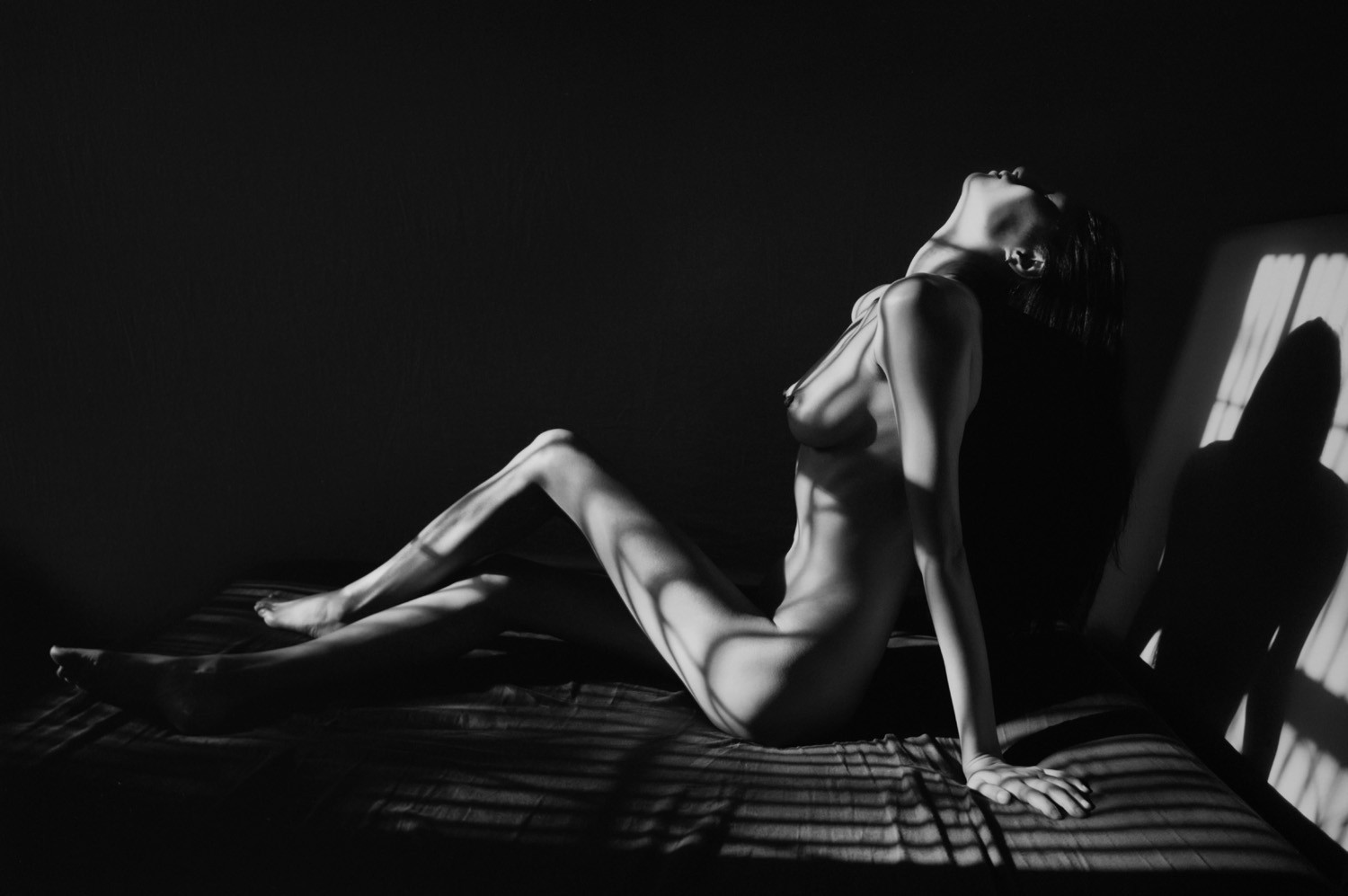
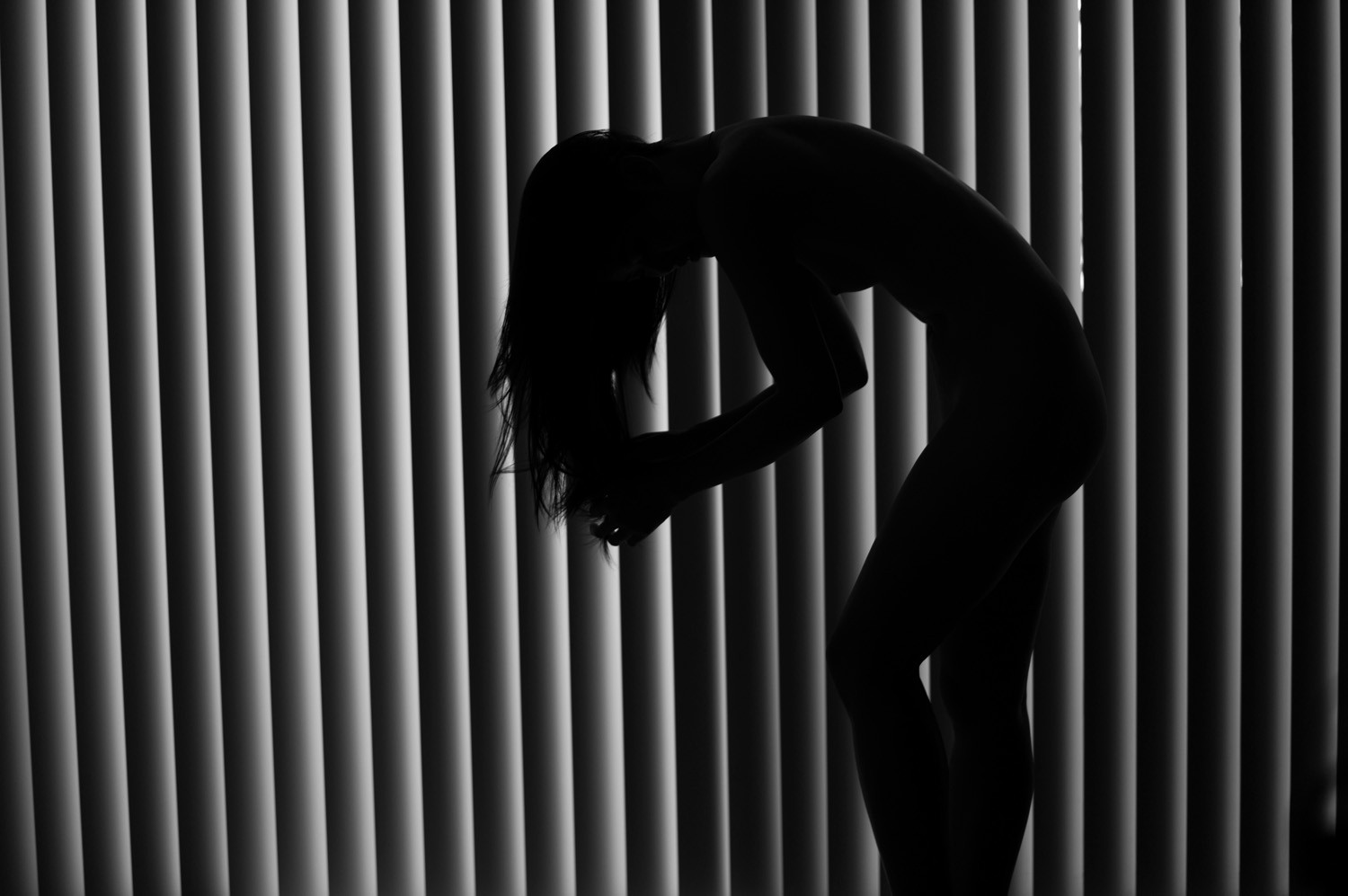
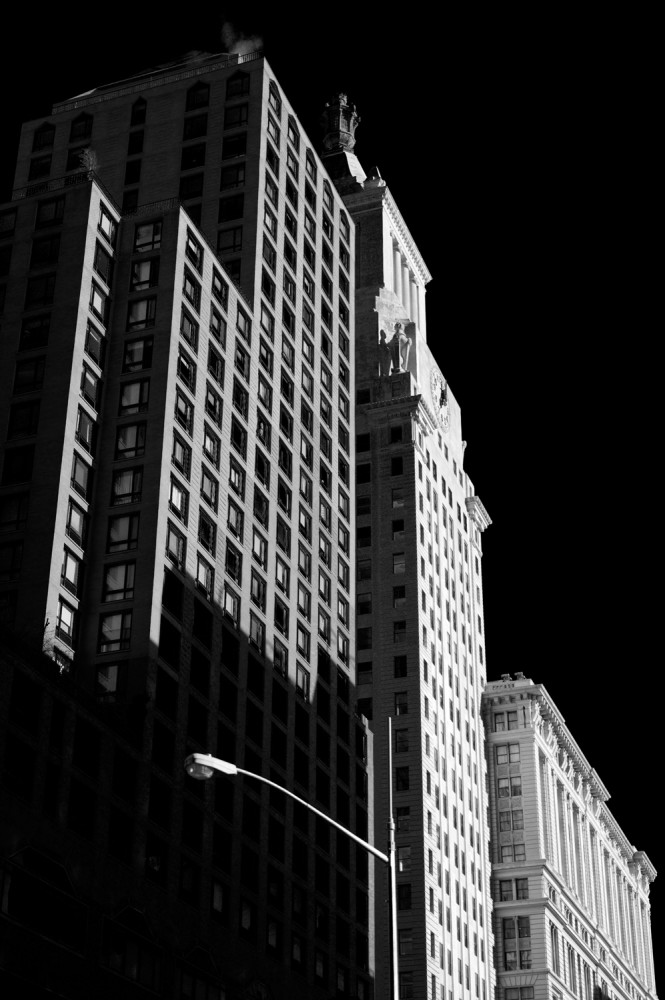


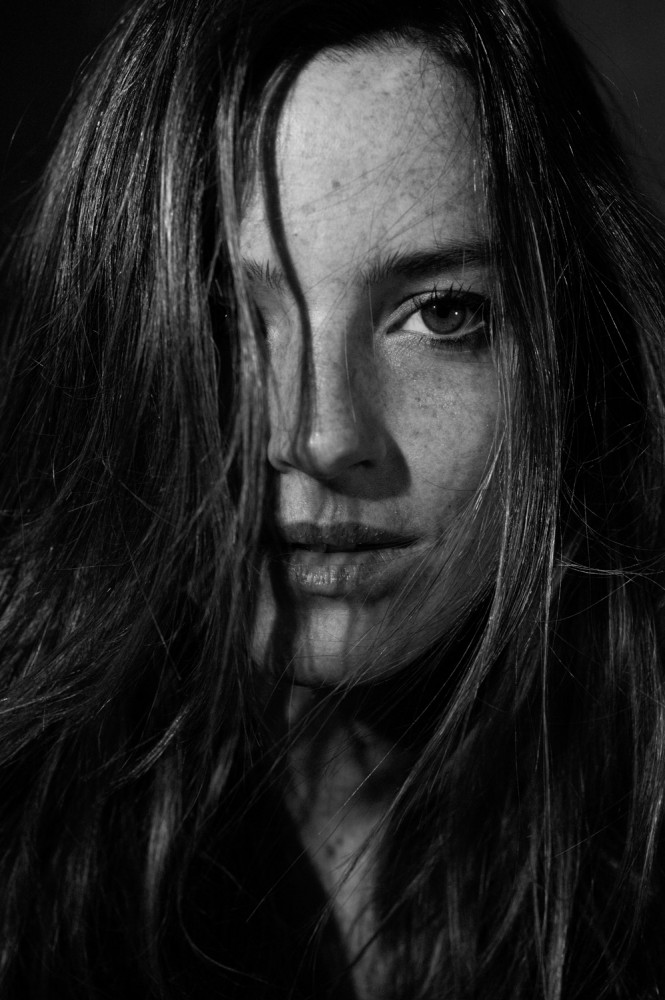
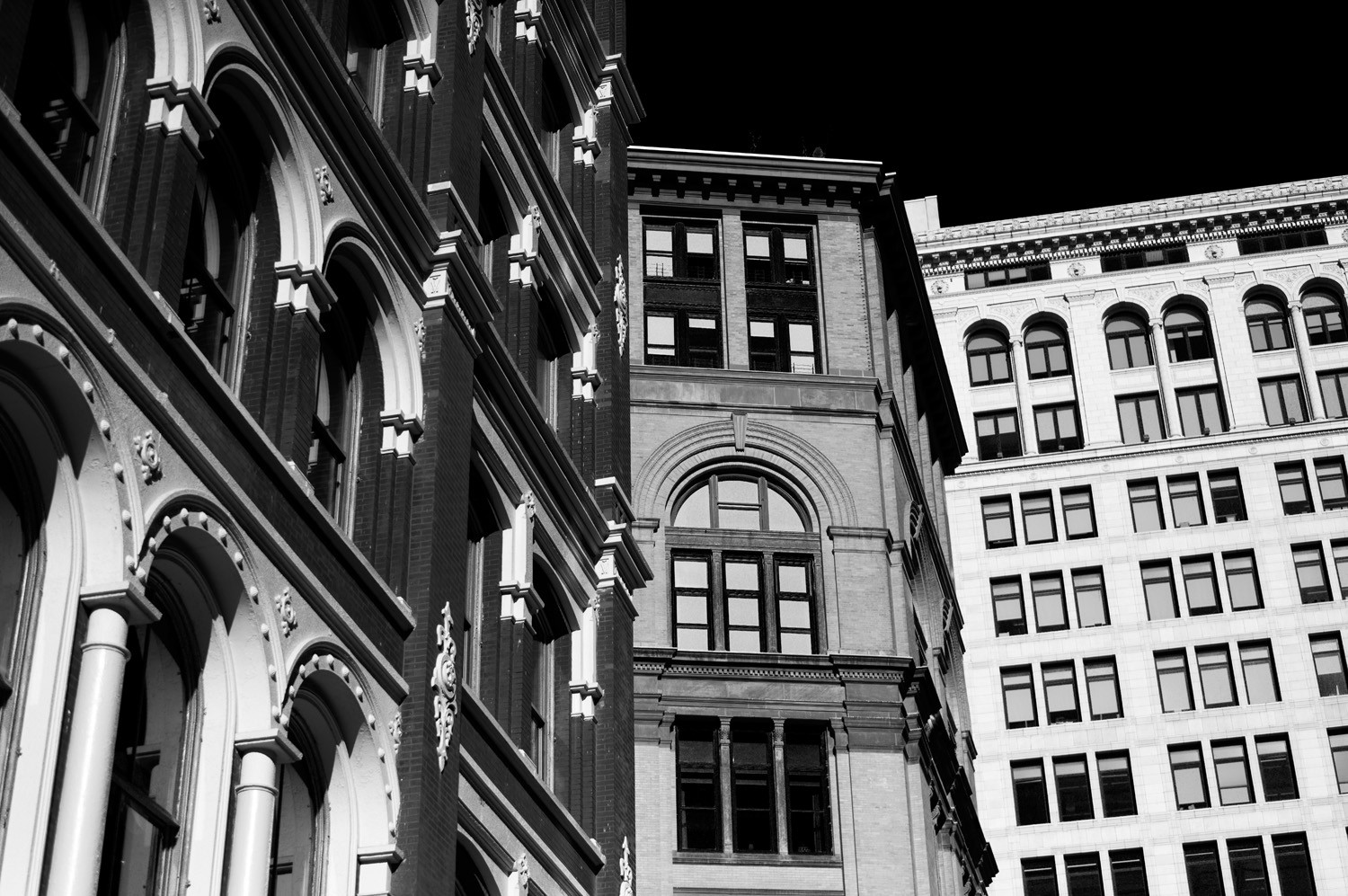
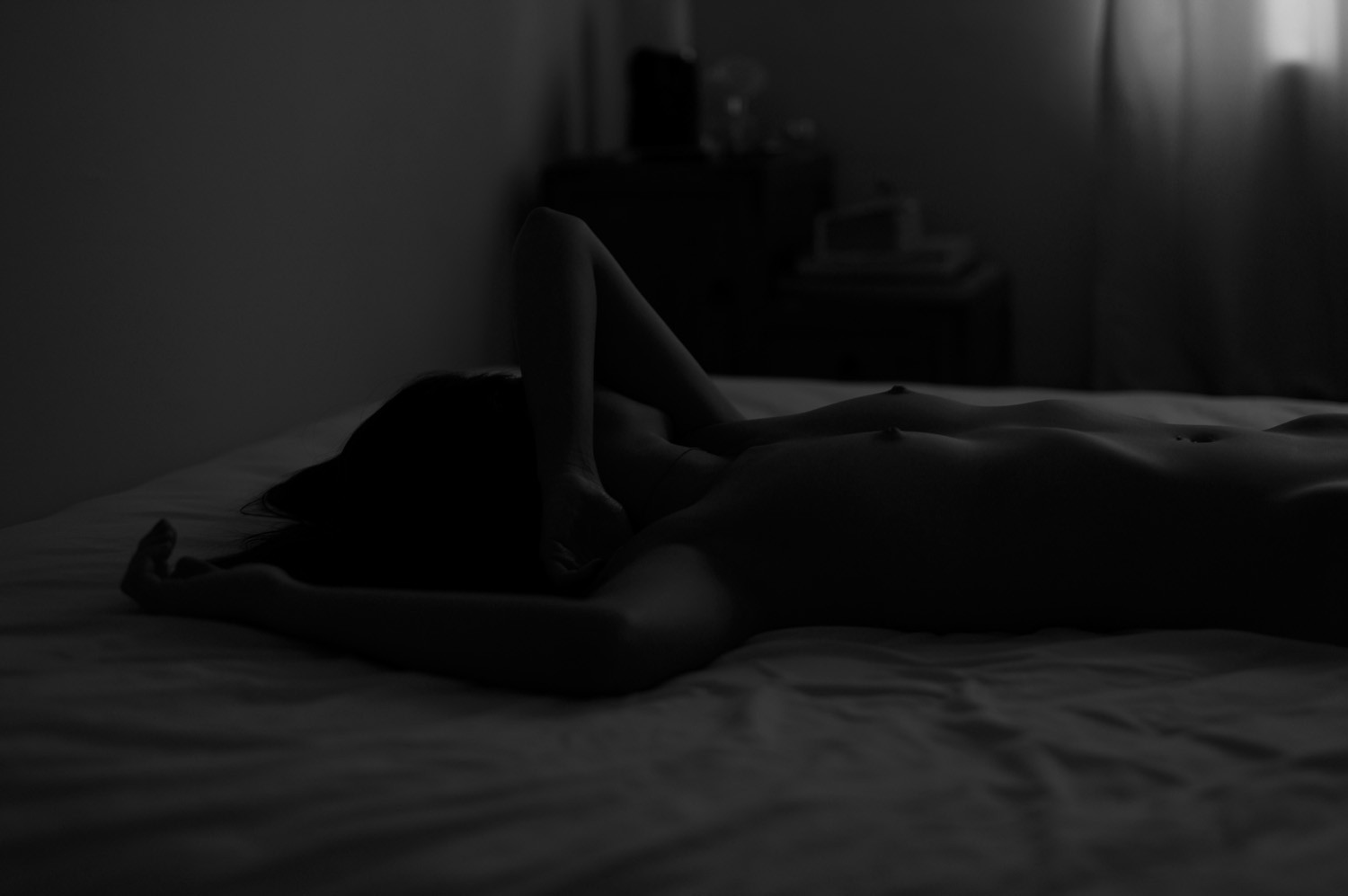
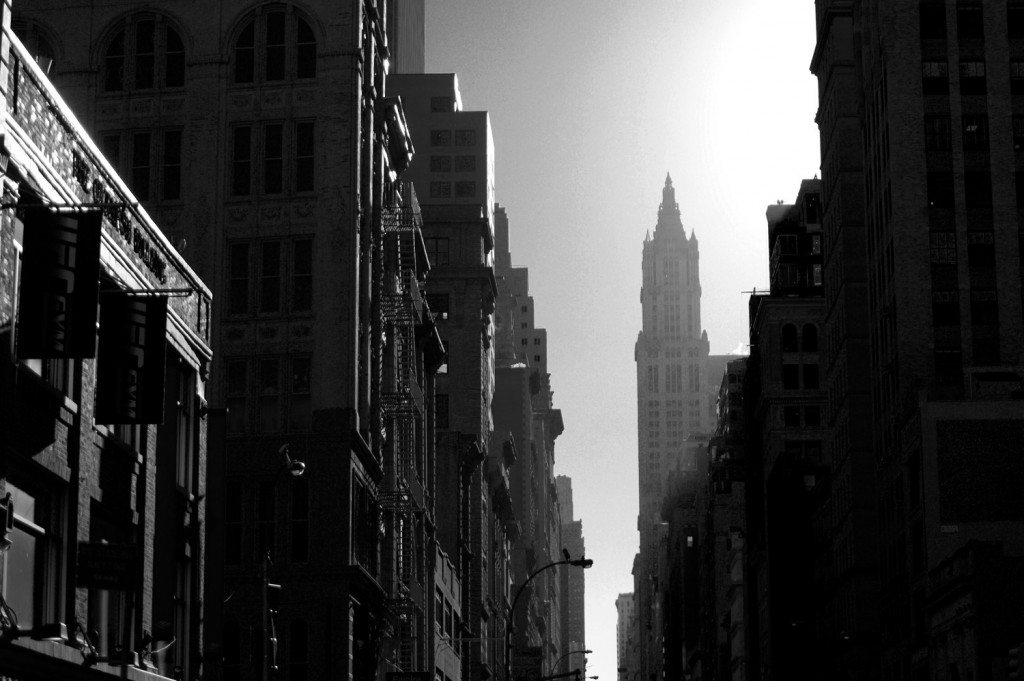
























INTERVIEW
Hector Perez
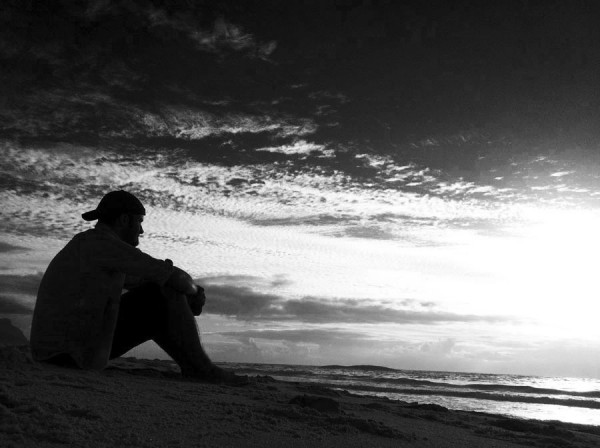
PHOTOGRAPHY Hector Perez MODELS Danielle Yu @ LA Models, Varsha Thapa @ Wilhelmina Models, Aida Artiles @ Blow Models and Alicia Medina @ Sight Management CAMERA Leica S with Summarit-S 35mm f/2.5 Asph., Summarit-S 70mm f/2.5 Asph., Apo-Macro-Summarit-S120mm f/2.5 Asph.
In Naked City, the Spanish photographer Hector Perez presents sensual human bodies in contrast to stern architecture. The resulting images are a combination of intense dynamics and minimalistic aesthetics.
S Magazine: Your work is very structural: for the S Magazine, you contrasted architecture – mostly façades – with rather graceful nudes. What connection do you see between buildings and bodies?
Hector Perez: I’ve always been enamoured with the way a simple line can convey so many different ideas and expressions. The silhouette and shape of a human form are both sensual and intimate while the lines and angles in architecture mix both art and utility. Our bodies have nature’s structural elements that serve specific purposes, and the buildings we create have the same: I find the similarity and contrast between the two fascinating.
Which architectural period do you find the most alluring?
I've always appreciated the beauty and intricacy of the Gothic movement, as well as the modernist approach of Gaudi’s buildings; but a lot of my work today is inspired by the clean minimalist aesthetics of modern-day architecture.
What are the qualities you look for in a model?
For me, finding the perfect model comes from their ability to show emotions. Expressions and personalities inspire me to create the story I want to show through my pictures.
There are stark contrasts and a depth of darkness in your work, preferably in B/W. Is this your preferred method and approach?
I’ve always taken a more cinematic approach to my work, with lighting as my source of focus. I don’t necessarily prefer black and white over colour, but when it comes to shadows and highlights, I feel the black and white approach offers a stronger dramatic quality.
You have worked with Eric Broms and Enrique Badulescu: have they influenced you, and in what way?
Along with Eric Broms and Enrique Badulescu, I’ve been lucky enough to also work with Cesar Lucadamo and Stephan Ach among others. These photographers really helped shaped my career and taught me how to develop my own aesthetics and approach to photography.
When did you decide that taking pictures was your thing?
It all started after I took a portrait of my mother. She doesn’t really enjoy being photographed, but she loved the image I took and her look of joy inspired me to follow this passion I hadn't known I had before.
Who among the designers you worked with has been the most influential?
Costume designers for theatre and stage shows have been the most influential for me. I had the opportunity to photograph the dancers from the Pina Bausch company, which helped produce a lot of my best work. I loved how the choreography was enhanced by the colours and fabrics of the costumes. There is an electricity in these types of photos that is hard to capture in more traditional apparel photo shoots.
Do you go for the classics? Do you have a photography idol, an artist perhaps, a preference for a particlar epoch?
I’m definitely more drawn to artists with more classic aesthetics. I’ve found photographers Peter Lindbergh and Richard Avedon among the most inspiring for my work. As for artists, Director Wong Kar Wai and painter Edward Hopper are also at the top of my list.
Has your cultural background been a source for your visual aesthetics?
Definitely. Growing up in Europe, I was fortunate enough to live in Paris, London and Barcelona; cities rich in art and history. Each city had a different influence on me – the elegance of Paris, London's underground scene, and the whimsical buildings of Barcelona.
What are the goals you would like to pursue in the future? A dream project, perhaps?
I’ve always been interested in exploring photography work through National Geographic. The interesting mix of nature, travel, culture, and art in their images has a strong impact on the viewer, which I find fascinating.
Has popular culture tempted you to create a certain style? How would you, personally, explain your way of seeing reality?
Although I do admire some of the work seen in popular culture today, I don’t feel too much pressure or temptation to conform to any of those ideals. When it comes to how I interpret the reality behind my work, I’m very much driven by my own visions. Capturing emotions and moments in time with a cinematic lens has always been my thing.
In developing your personal style, you seem to have distanced yourself from commerciality – why?
Most commercial work tends to lack creativity and usually has a very specific structure. There are commercial images out there that have really pushed the boundaries in terms of traditional marketing, but because the main focus tends to be the product, there is usually less creative freedom. Personally, I’m more interested in images that transcend time, and my goal has always been to capture a better photo today than I did yesterday.